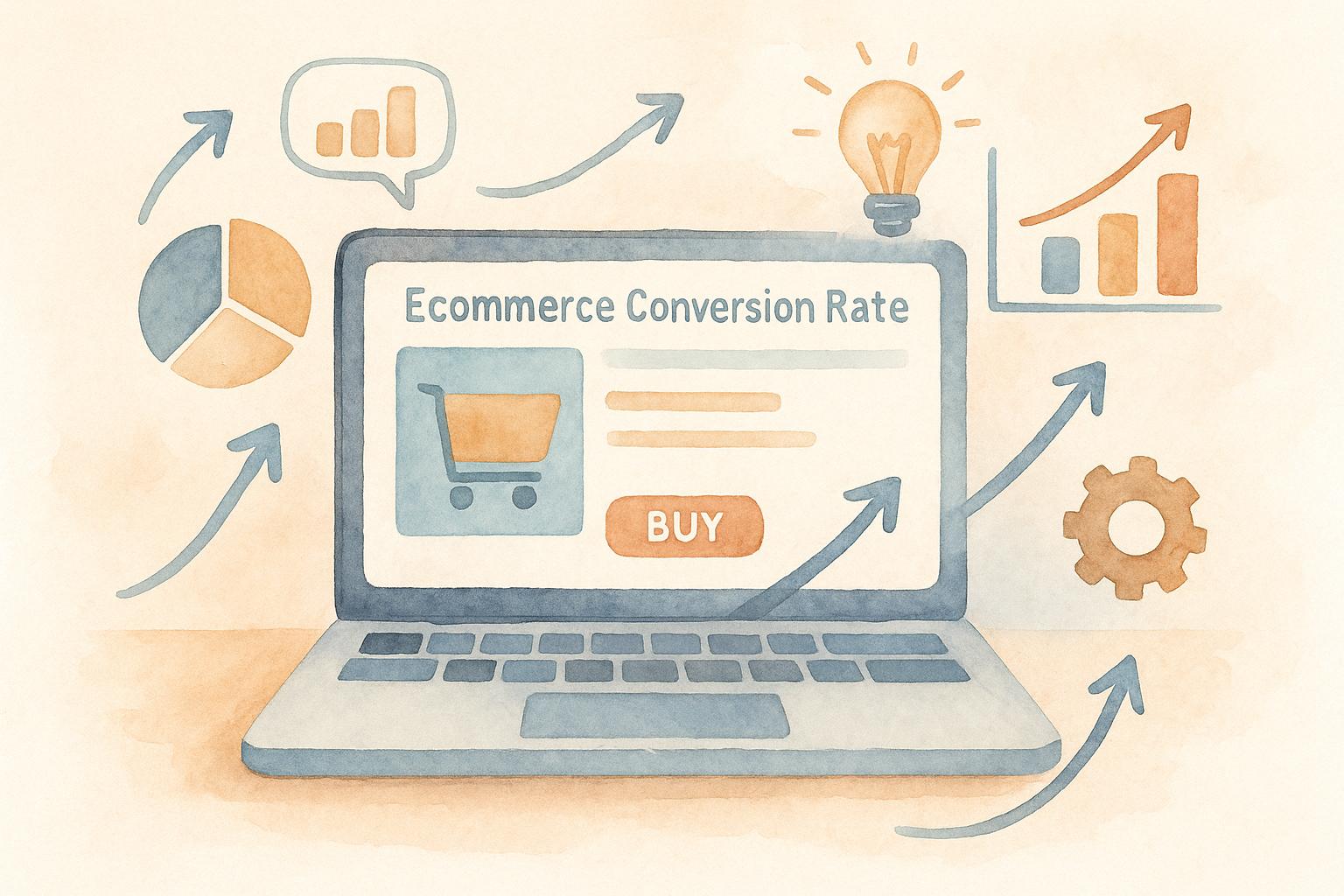Vendor risks can disrupt your eCommerce business, hurt revenue, and damage your brand. Here's what you need to know and do to manage them effectively:
What is Vendor Risk?
Risks from third-party vendors include data breaches, supply chain disruptions, platform security vulnerabilities, and regulatory non-compliance.
Why It Matters:
Examples like
Target's $202M data breach and Bank of America's $10M vendor-related fallout show the financial and reputational stakes.
Key Risk Areas:
Data Protection: Vendors with access to sensitive data must comply with strict privacy laws like GDPR.
Supply Chain Stability: Inventory shortages, shipping delays, and quality control issues can affect customer satisfaction.
Software Security: Vendor software can introduce vulnerabilities or system outages.
How to Manage Risks:
Screen vendors for financial, security, and compliance stability.
Use strong contracts with SLAs and Data Processing Agreements (DPAs).
Continuously monitor vendor performance and security.
Invest in tools like AI-driven risk analysis and blockchain for transparency.
Takeaway: A proactive vendor risk management plan protects your operations, reputation, and compliance. Use automation, clear agreements, and regular audits to minimize risks.
Building & Sustaining TPRM Programs for e-Commerce Resilience - Cybersecurity Leadership Summit 2021
Main Types of eCommerce Vendor Risks
Here are three major risks to keep in mind when working with eCommerce vendors:
Data Protection and Legal Requirements
Privacy regulations are becoming stricter, making data protection a top priority. Vendors must handle customer consent properly and ensure their privacy policies are clear to avoid hefty fines.
Non-compliance can lead to serious financial consequences:
GDPR violations can result in fines up to 4% of annual global revenue or €20 million, whichever is higher.
Properly managing consent and privacy policies is essential to meet regulatory standards.
"The use of third parties does not diminish or remove banking organizations' responsibilities for information security." - US banking authorities
Supply Chain and Delivery Risks
Supply chain disruptions have affected 89% of companies over the past five years. These disruptions can take many forms:
Risk Type | Impact | Mitigation Strategy |
|---|---|---|
Inventory Shortages | Lost sales and unhappy customers | Keep safety stock and work with multiple suppliers |
Shipping Delays | Increased customer service issues | Partner with multiple carriers and communicate clearly |
Cost Fluctuations | Lower profit margins and unstable pricing | Lock in long-term contracts and buy in bulk |
Quality Control | Returns and potential harm to brand image | Perform regular audits and enforce quality standards |
These challenges highlight how complex managing eCommerce vendors can be.
Software and Platform Risks
Cybersecurity and platform reliability are growing concerns. For example, in 2024, a cyberattack on CDK Global disrupted operations for 15,000 dealerships. On average, companies share sensitive data with up to 583 third-party vendors.
Key risks include:
System outages that hurt sales
Integration issues between different platforms
Vulnerabilities in payment processing systems
The average cost of a data breach is now about $4.24 million. To reduce these risks, prioritize regular system audits, establish strong recovery plans, and ensure vendors are held accountable.
"As the supply chain goes digital, your attack surface broadens to include your business partners." - Jeff Copeland, Safe Security
Next, we’ll explore practical steps to manage these risks effectively.
Creating a Vendor Risk Management Plan
Developing a vendor risk management plan is essential for protecting eCommerce operations and ensuring smooth partnerships.
Vendor Selection and Screening
A structured vendor evaluation process is critical. Conduct thorough due diligence before onboarding new vendors. Here's a breakdown of what to assess:
Assessment Area | Key Evaluation Criteria |
|---|---|
Financial Stability | Credit reports, financial statements, business history |
Security Posture | ISO 27001/SOC 2 certifications, security policies |
Compliance Status | Regulatory adherence, industry standards |
Operational Capability | Service track record, infrastructure reliability |
Risk Level | Data access, service criticality, geographic location |
Using established frameworks like NIST 800-53 or ISO 27001 ensures consistent evaluations. This approach helps pinpoint risks early and allows for better vendor comparisons. After completing these assessments, formalize the relationship with well-crafted legal agreements.
Legal Agreements and Protection
Strong legal agreements provide essential safeguards. Key elements to include are:
Service Level Agreements (SLAs)
"A service-level agreement (SLA) defines the level of service you expect from a vendor, laying out the metrics by which service is measured, as well as remedies or penalties should agreed-on service levels not be achieved. It is a critical component of any technology vendor contract."
Data Processing Agreements (DPAs)
DPAs protect customer data and help meet privacy regulations. Include clauses covering:
Data handling procedures
Security requirements
Breach notification protocols
Data deletion policies
Risk Allocation Clauses
Define liability limits and warranty disclaimers. For example, in the case of Oberdorf v. Amazon.com Inc., Amazon was held responsible for a customer's injury caused by a faulty product sold on its platform.
Once contracts are in place, continuous monitoring is essential to manage risks effectively.
Risk Tracking and Emergency Response
Ongoing monitoring helps detect vendor-related risks early. For instance, a financial institution faced a data breach due to a vendor's security failure. Thanks to a strong continuity plan, the company acted quickly, minimizing data exposure and protecting its reputation.
Key aspects of risk management include:
Regular vendor audits to identify compliance gaps
Continuous monitoring of third-party vulnerabilities
Standardized reporting for executive teams
Clear incident response plans
Software Tools for Vendor Risk Management
Managing vendor risks effectively requires more than just planning - it demands advanced tools that provide real-time insights and proactive measures. For modern eCommerce businesses, software solutions are essential, especially when third-party data breaches can cost an average of $216,441 in damages.
Monitoring Software
Monitoring tools are essential for keeping vendor risks under control. Here are some key features and their benefits:
Feature | Benefits | Live Monitoring |
|---|---|---|
Attack Surface Monitoring | Scans for vulnerabilities continuously | Daily risk checks |
Security Questionnaire Automation | Cuts completion time by 83% | Automated assessments |
Compliance Tracking | Verifies regulatory requirements | Real-time alerts |
Risk Remediation Workflows | Simplifies issue resolution | Immediate notification |
For example, 7 Chord successfully onboarded 20 vendors in just 30 minutes using UpGuard, activating monitoring processes right away.
"We found UpGuard's design very clean and very intuitive – more intuitive than the UI of its competitors, making it an easy decision to go with UpGuard."
Beyond traditional monitoring, AI tools are taking risk analysis to the next level.
AI Risk Analysis Tools
AI is reshaping vendor risk management by automating data analysis, predictive modeling, and compliance monitoring. The AI-driven vendor risk management market is projected to reach $7.4 billion by 2032. A notable example is Mitratech's October 2024 acquisition of Prevalent, highlighting the industry's push toward integrating AI into these systems. With 62% of data breaches stemming from third-party vendors, AI tools provide a powerful layer of protection.
Blockchain technology further complements AI by adding transparency and security to vendor management.
Blockchain for Vendor Management
Blockchain introduces secure, tamper-proof record-keeping and smart contracts, offering a reliable framework for vendor management.
"Blockchain has the potential to transform risk management by providing a more transparent, secure, and efficient way to manage data and transactions"
Some practical applications of blockchain in vendor risk management include:
Automating vendor agreements through smart contracts
Tracking supply chains with full transparency
Providing immutable audit trails
Decentralizing vendor verification processes
When choosing vendor risk management software, businesses should focus on solutions that align with their compliance needs and risk profiles. The best platforms combine AI, blockchain, and live monitoring to offer comprehensive protection against vendor-related threats.
Conclusion: Strengthening Business Security Through Vendor Management
Managing vendor risks is a critical part of protecting eCommerce operations. Nearly 25% of data breaches result from ransomware or other cyberattacks that can cripple systems. On top of that, 25% of businesses have faced supplier financial failures in the past year alone. These numbers highlight the importance of a solid strategy for handling vendor risks.
A forward-thinking approach is key. Continuous, automated assessments can help identify risks early, preventing them from becoming major issues. This is particularly important since 60% of companies overlook third-party risks during the offboarding process.
"Vendor risk management allows organizations to proactively identify and address risks associated with vendor relationships, protecting their operations, reputation, data, and compliance while optimizing costs and ensuring business continuity." - Mitratech
An effective vendor risk management plan combines technology, clear processes, and strategic planning. Automated tools can improve visibility and provide ongoing monitoring of potential vendor threats.
To better protect your business, focus on these key actions:
Use automated tools to assess vendors regularly
Establish clear performance metrics and service-level agreements (SLAs)
Keep detailed records of all vendor interactions
Develop strong incident response plans
Verify and document vendor offboarding procedures
FAQs
How can eCommerce businesses ensure their vendors comply with privacy regulations like GDPR?
To ensure vendors comply with privacy regulations such as GDPR, eCommerce businesses should take several proactive steps. First, evaluate vendors' data protection policies and practices, including how they collect, store, and access personal data. Make sure they implement strong technical security measures to safeguard sensitive information.
Additionally, require vendors to disclose any subcontractors they use and assess how these relationships might impact data security. Include clear contractual clauses that hold vendors accountable for compliance and require them to conduct due diligence on their own suppliers. By maintaining strict oversight and clear expectations, businesses can better manage vendor risks and protect customer data effectively.
What are the best ways to monitor and evaluate vendor performance in eCommerce?
To effectively monitor and evaluate vendor performance in eCommerce, start by defining clear objectives and KPIs that align with your business goals. These should include metrics like delivery reliability, product quality, customer service, and cost efficiency. Regularly collect and analyze data from vendor reports, customer feedback, and automated tools to track performance.
Periodic audits and reviews are essential to ensure vendors meet compliance requirements and maintain quality standards. Open communication with vendors helps address risks and share updates effectively. Additionally, leveraging advanced tools, like AI-based systems, can enhance monitoring and predict potential risks, allowing you to stay proactive in managing vendor relationships.
How does blockchain improve vendor risk management in eCommerce?
Blockchain technology enhances vendor risk management in eCommerce by providing transparency, security, and efficiency. It uses a decentralized and tamper-proof ledger to maintain accurate records of vendor data, such as qualifications, performance metrics, and compliance reports. This ensures accountability and builds trust among stakeholders.
Additionally, blockchain's cryptographic algorithms protect sensitive information from unauthorized access, reducing the risk of data breaches. Smart contracts further streamline processes by automating tasks like monitoring vendor performance and triggering alerts when predefined conditions are met. This automation minimizes human error and enables real-time risk management, helping businesses stay proactive and compliant.



